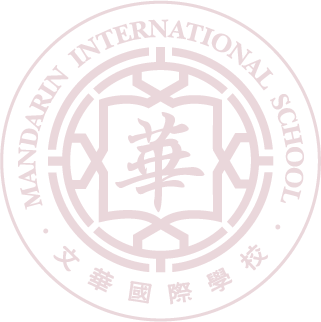
LOWER-SECONDARY YEAR 9
PRE-IGCSE PROGRAMME
MIS recognises the exceptional results that our Primary educational programme achieves at YCT and HSK Mandarin examination levels and the opportunity these results provide for future university entry.
In the Lower-Secondary classes we transition from the Primary 50/50 English/Mandarin timetable of provision (that has supported such exceptional YCT and HSK results) through to an 80/20 English/Mandarin timetable more familiar from some other international school contexts.
Year 7, Year 8 and Year 9 are based on Key Stage 3 of the English National Curriculum (ENC) but adapted to our international context. These years help define the pathway towards Key Stage 4, the two-year programme that ends with IGCSE examinations at 16 years of age.
A core programme of English, mathematics and the Sciences is taught to all students across Key Stage 3 and Key Stage 4. In addition to the core programme students are offered a broad range of foundation subject experiences to develop a broad range of skills and knowledge.
In continuing the two curricula model of MIS education, students in Lower-Secondary classes continue with the advantage of a strong Chinese language and culture programme up to the requirement of HSK level six.
There may be some MIS families who are focusing solely on admission to prestigious Chinese universities – if this is the case, we will look to provide an appropriate curriculum.

